Native Leek Lily,
Winged Bulbine-lily,
Winged Leek-lily
Display all 16 images

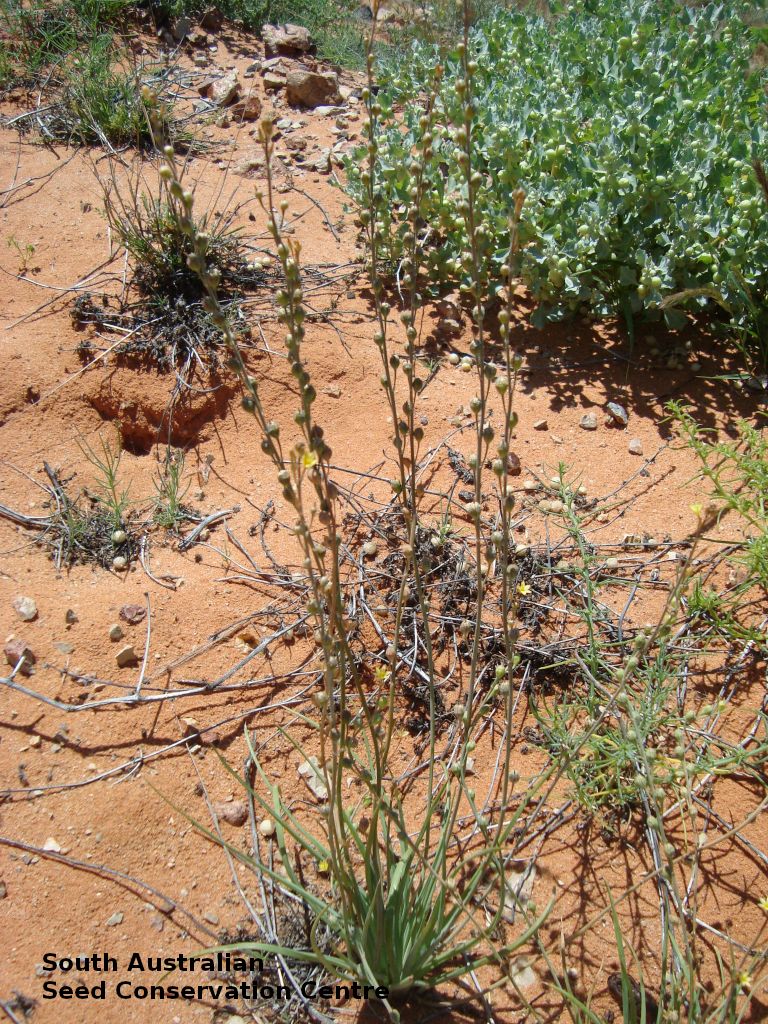

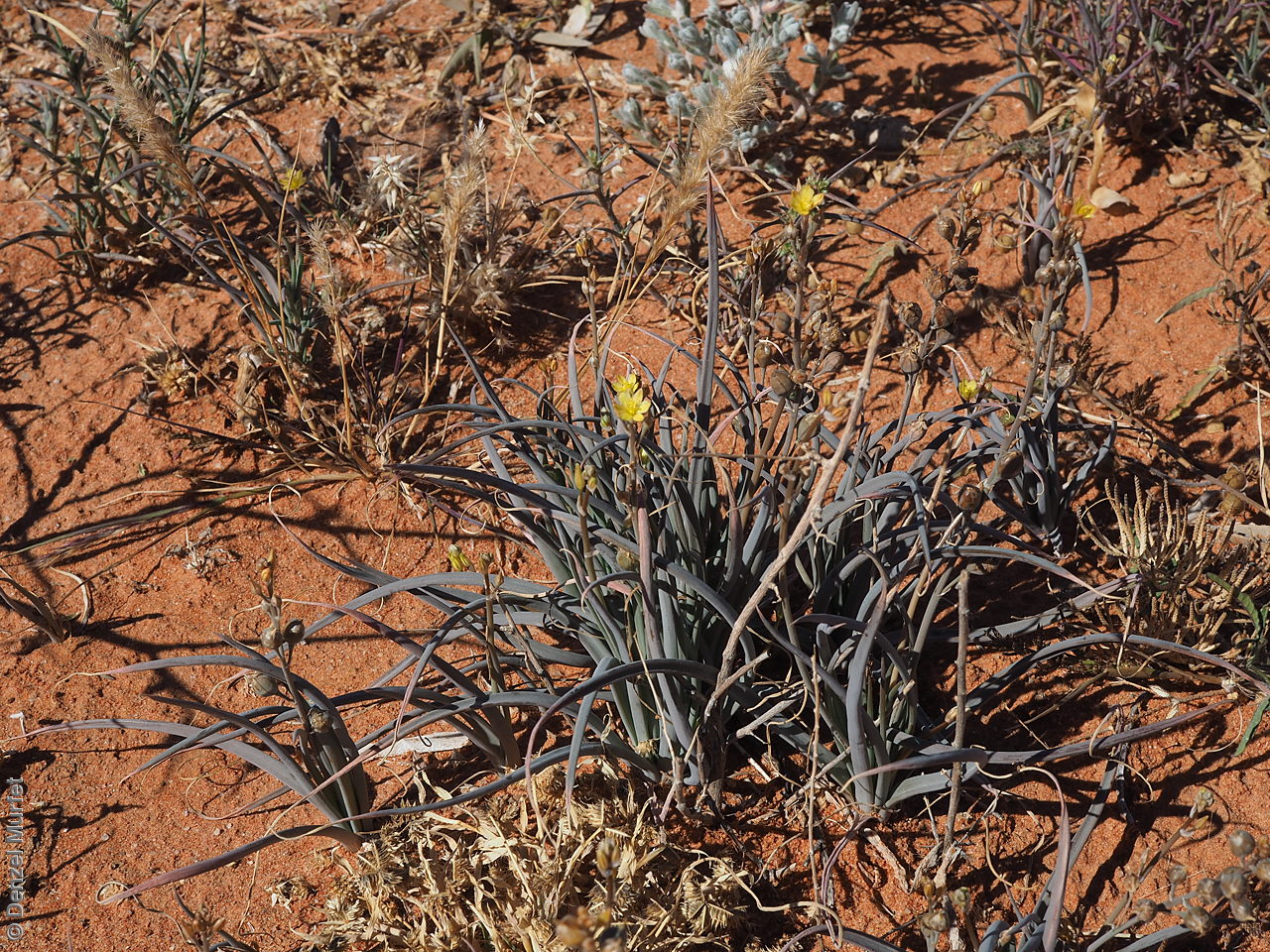
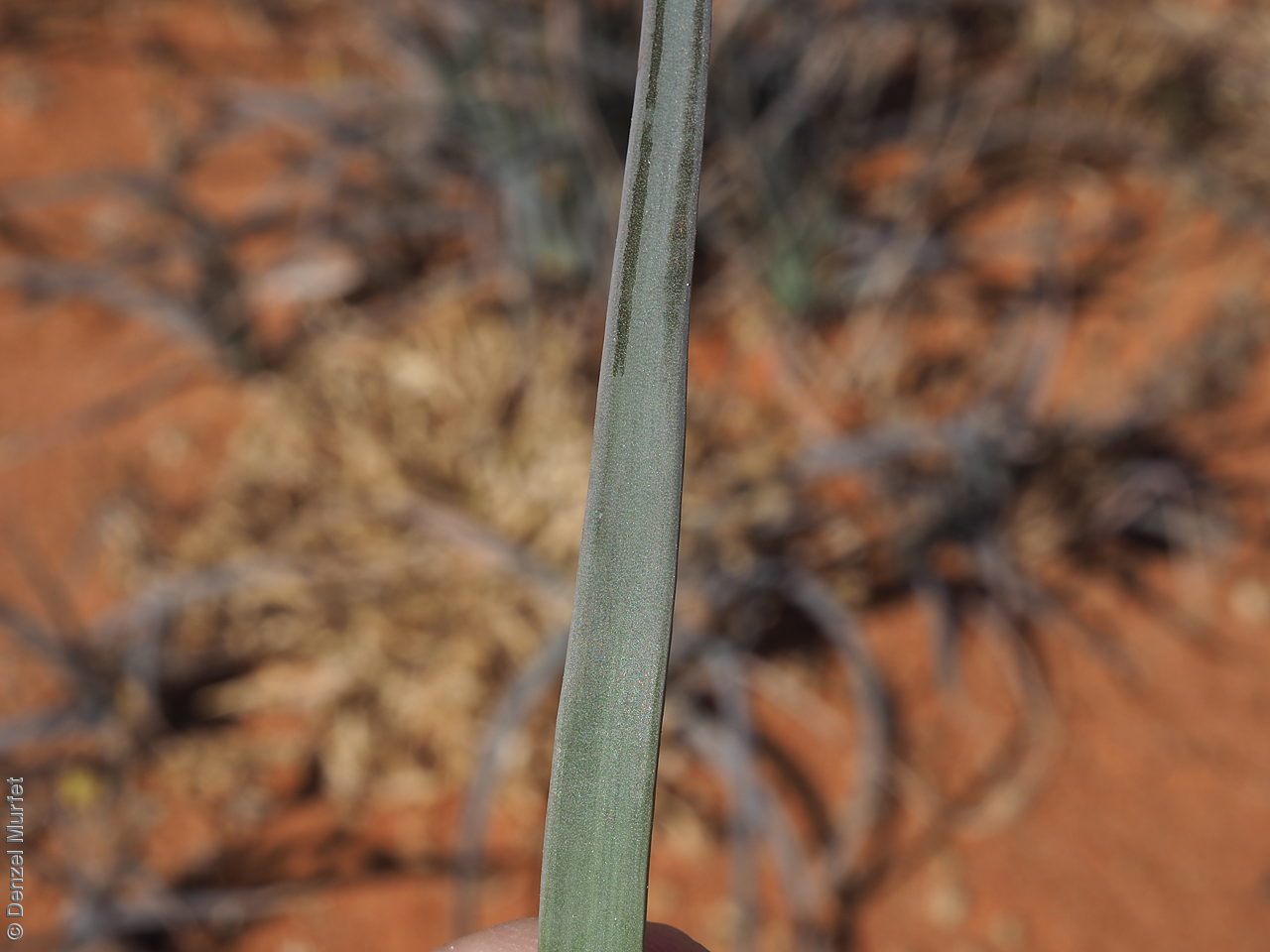
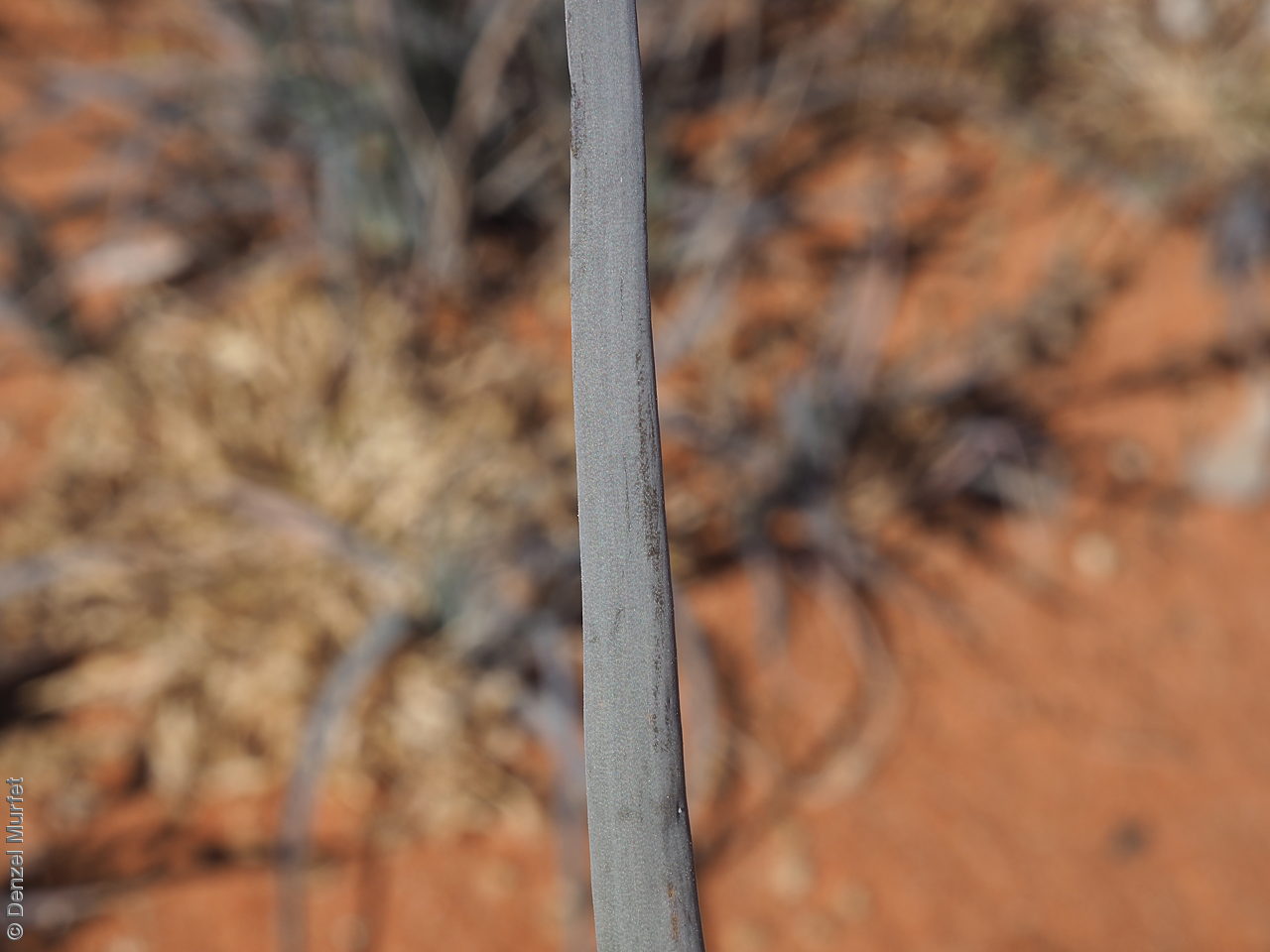

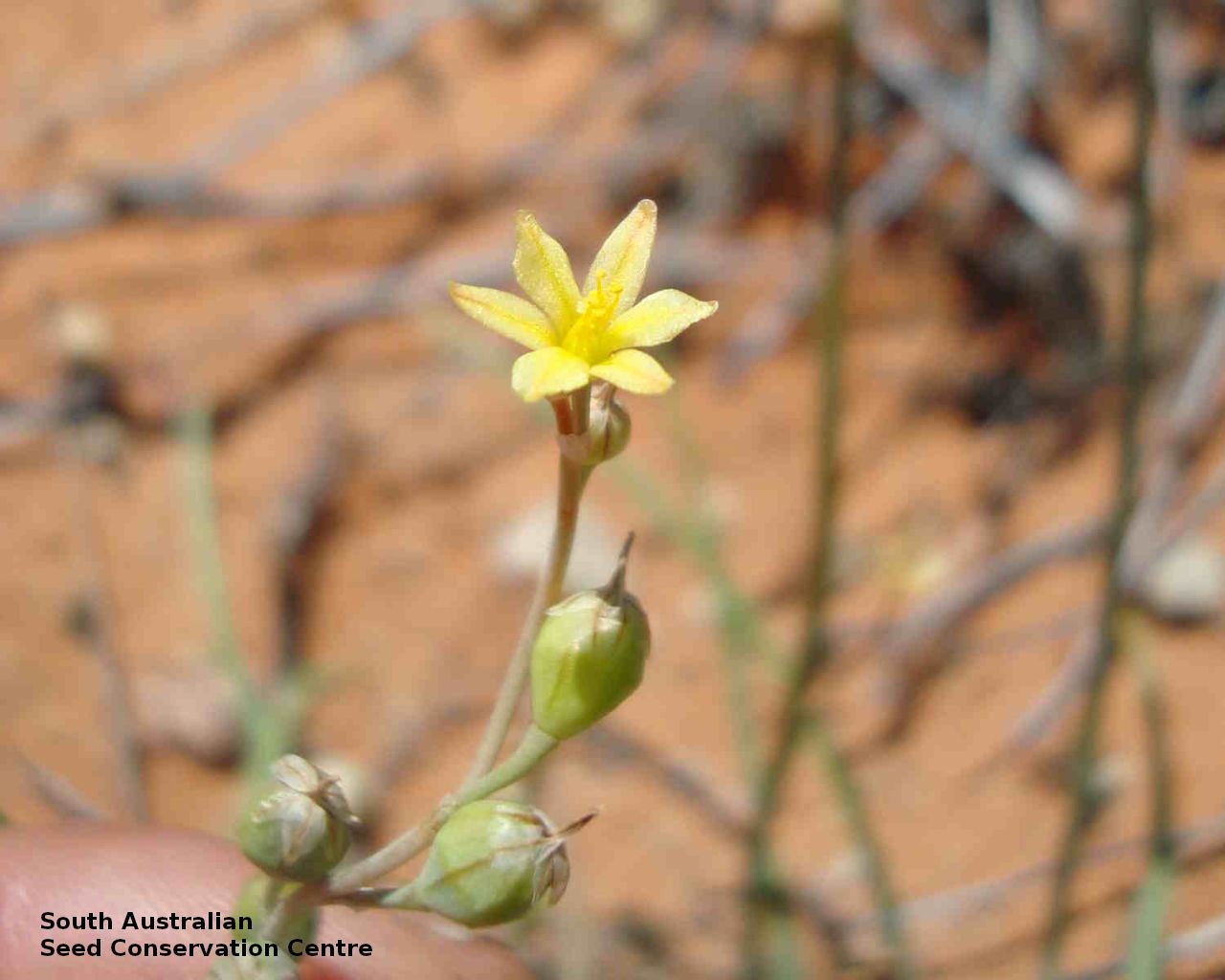
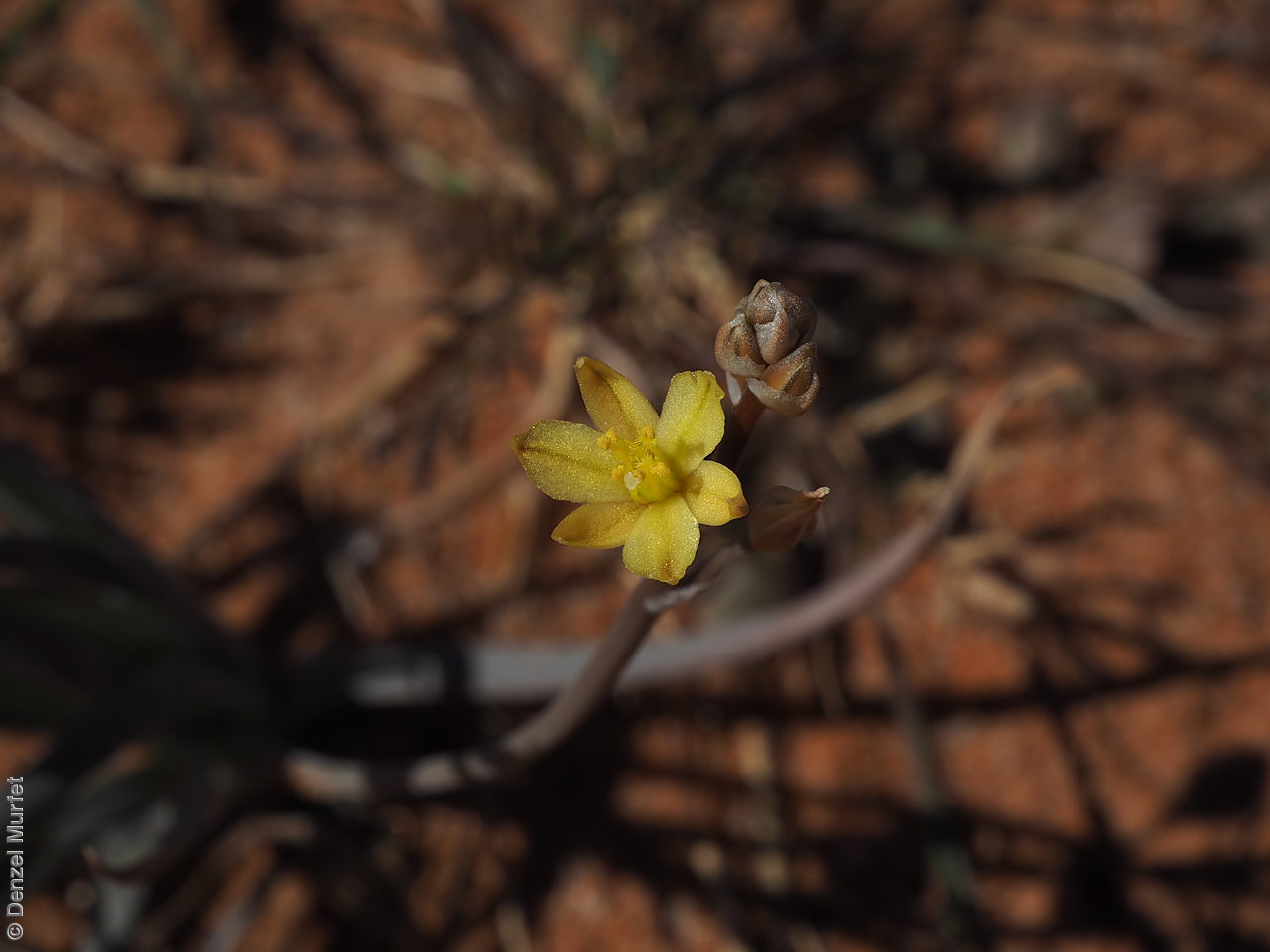
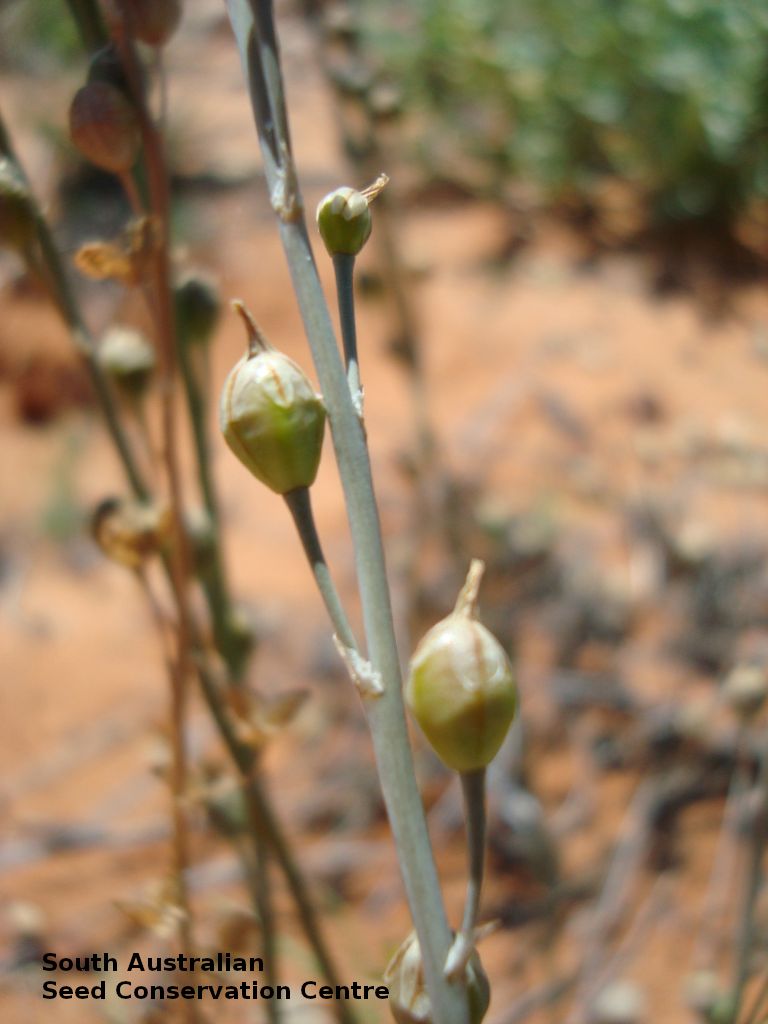
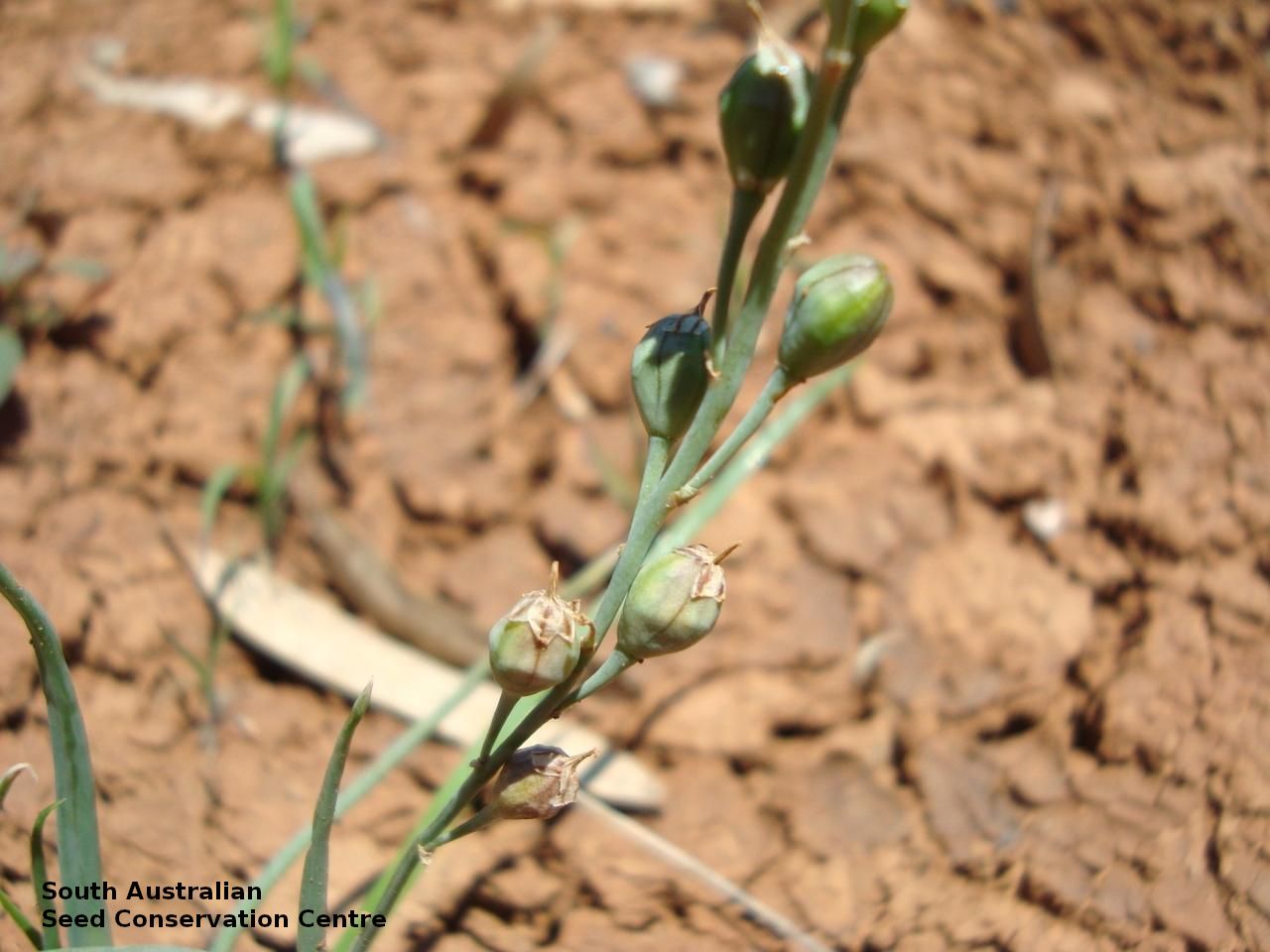

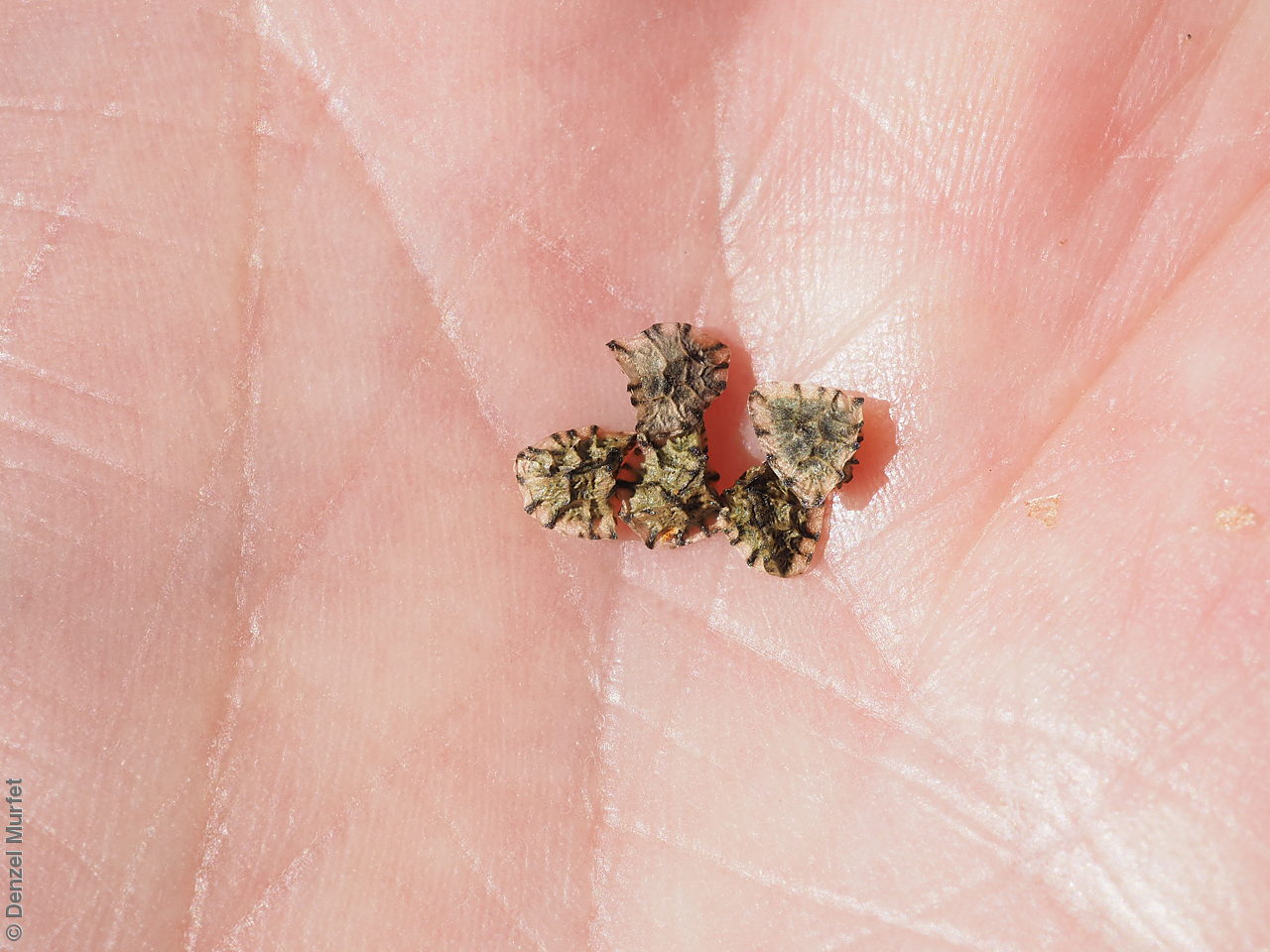

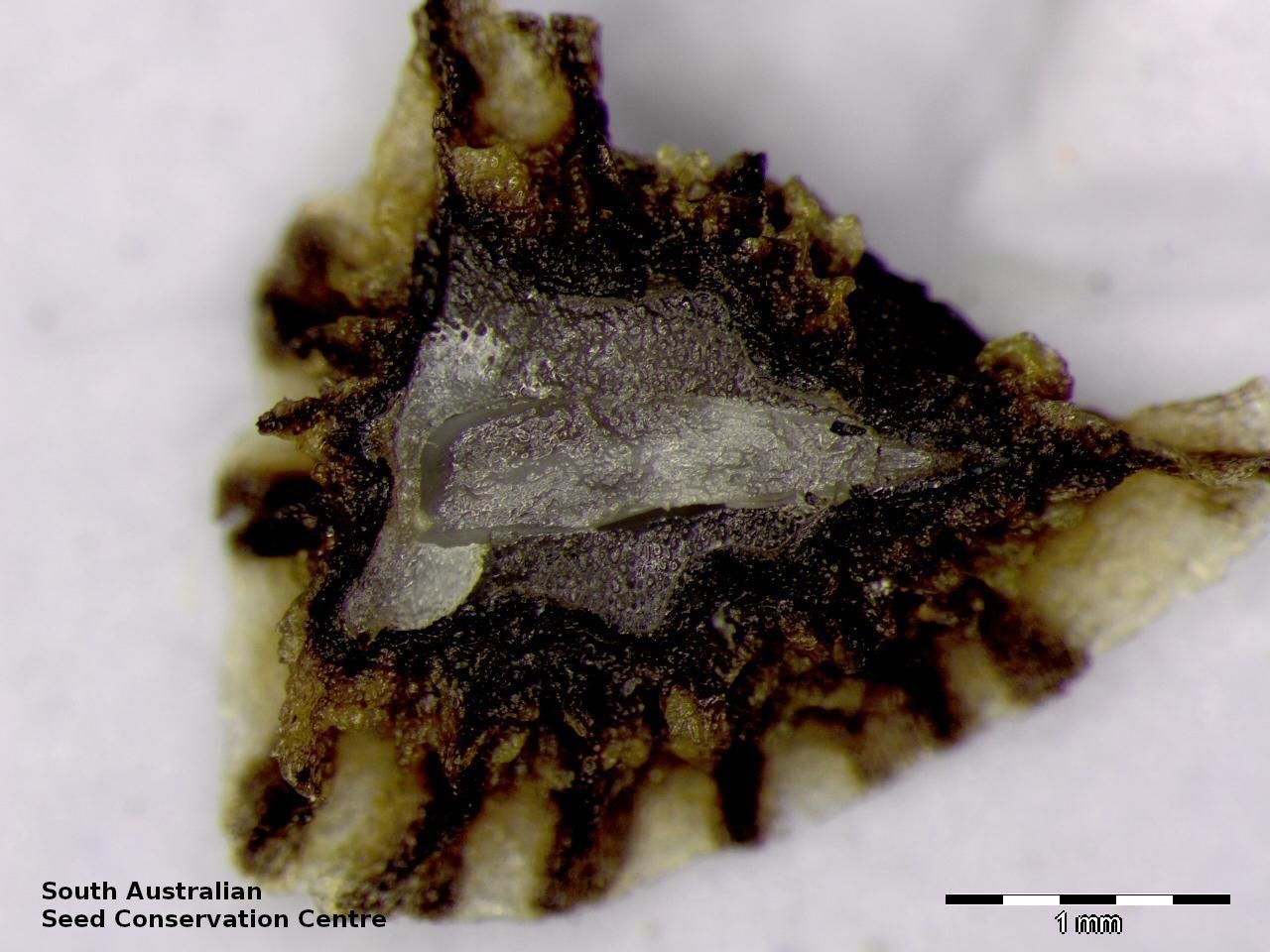

Regional Species Conservation Assessments per IBRA subregion.

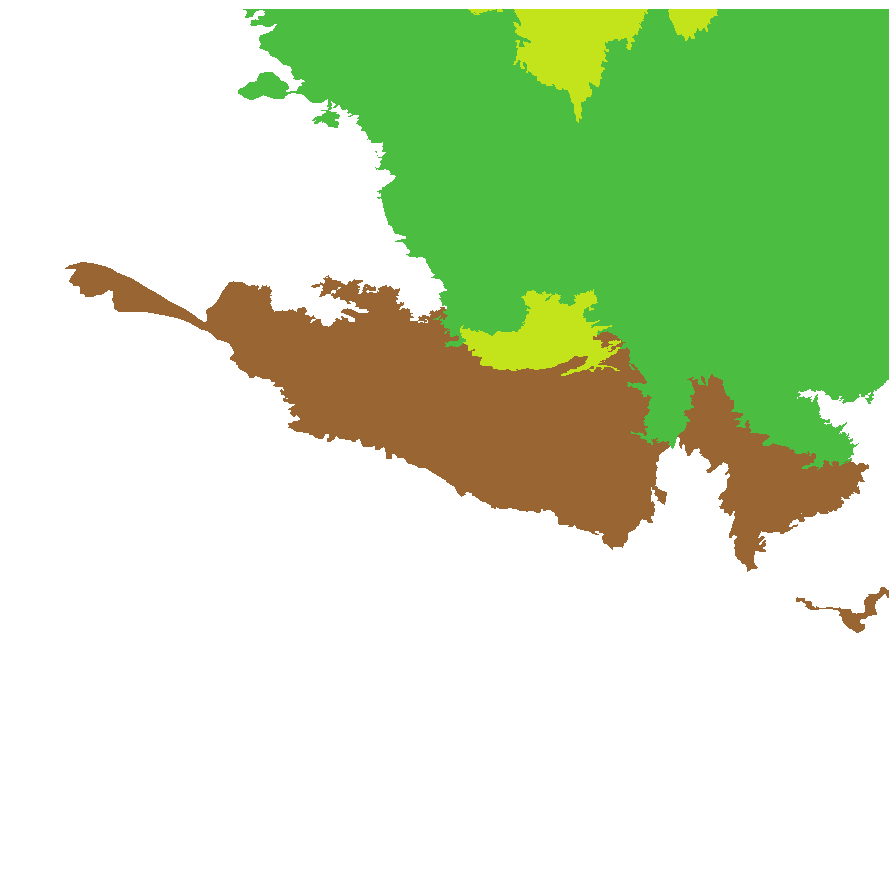
Least concern
Near threatened
Rare
Vulnerable
Endangered
Critically endangered
Extinct
Data deficient
Adelaide
Arkaroola
Ceduna
Coober Pedy
Hawker
Innamincka
Marla
Marree
Mount Gambier
Oodnadatta
Renmark
Wudinna
Keith
Yunta
Display IBRA region text
| Olary Spur (FLB03) | Flinders Lofty Block | Rare (IUCN: RA d(i)) |
| Northern Flinders (FLB05) | | Least Concern |
| Central Flinders (FLB06) | | Rare (IUCN: RA d(ii)) |
| Murray Scroll Belt (RIV06) | Riverina | Rare (IUCN: RA d(i,ii)) [unusual record; desert spp.] |
| Myall Plains (GAW01) | Gawler | Rare (IUCN: RA d(ii)) |
| Gawler Volcanics (GAW02) | | Rare (IUCN: RA d(ii)) |
| Gawler Lakes (GAW03) | | Rare (IUCN: RA d(ii)) |
| Arcoona Plateau (GAW04) | | Rare (IUCN: RA d(ii)) |
| Kingoonya (GAW05) | | Rare (IUCN: RA d(ii)) |
| Torrens (GAW06) | | Least Concern |
| Roxby (GAW07) | | Near Threatened [undercollected] |
| Yellabinna (GVD06) | Great Victoria Desert | Rare (IUCN: RA d(ii)) |
| Bimbowrie (BHC05) | Broken Hill Complex | Least Concern [edge of range] |
| Curnamona (BHC06) | | Least Concern [edge of range] |
| Simpson Desert (SSD02) | Simpson Strzelecki Dunefields | Near Threatened [undercollected] |
| Dieri (SSD03) | | Least Concern |
| Warriner (SSD04) | | Least Concern |
| Strzelecki Desert (SSD05) | | Least Concern |
| Breakaways (STP01) | Stony Plains | Least Concern |
| Oodnadatta (STP02) | | Least Concern |
| Murnpeowie (STP03) | | Least Concern |
| Peake-Dennison Inlier (STP04) | | Least Concern |
| Macumba (STP05) | | Least Concern |
| Witjira (STP06) | | Least Concern |
| Baltana (STP07) | | Least Concern |
| Sturt Stony Desert (CHC02) | Channel Country | Least Concern |
| Diamantina-Eyre (CHC04) | | Least Concern |
| Coongie (CHC06) | | Least Concern |
| Lake Pure (CHC07) | | Least Concern |
| Everard Block (CER03) | Central Ranges | Least Concern |
| Tieyon (FIN03) | Finke | Least Concern |
| Pedirka (FIN04) | | Least Concern |
| 3 of 6 subregions | Flinders Lofty Block | Least Concern , Rare |
| Murray Scroll Belt (RIV06) | Riverina | Rare (IUCN: RA d(i,ii)) [unusual record; desert spp.] |
| 7 of 8 subregions | Gawler | Least Concern , Near Threatened , Rare |
| Yellabinna (GVD06) | Great Victoria Desert | Rare (IUCN: RA d(ii)) |
| 2 of 4 subregions | Broken Hill Complex | Least Concern |
| 4 of 4 subregions | Simpson Strzelecki Dunefields | Least Concern , Near Threatened |
| 7 of 7 subregions | Stony Plains | Least Concern |
| 4 of 4 subregions | Channel Country | Least Concern |
| Everard Block (CER03) | Central Ranges | Least Concern |
| 2 of 2 subregions | Finke | Least Concern |
Botanical art
Kath Alcock painting: 1
Prior names
Bulbinopsis semibarbata var. depilata
Bulbine semibarbata var. depilata
Common names
Native Leek Lily
Winged Bulbine-lily
Winged Leek-lily
Etymology
Bulbine from the Greek 'bolbos' and Latin 'bulbu' for a bulb. Alata from the Latin 'alatus ' meaning winged, referring to the winged seeds.
Distribution and status
Found across the northern part of South Australia, growing on open floodplains and sandplains, exposed stony hillsides, claypans and sandy creek beds. Also found in Western Australia, Northern Territory, Queensland & New South Wales. Native. Common in South Australia. Common in the other States.
Herbarium regions: North Western, Lake Eyre, Gairdner-Torrens, Flinders Ranges, Eastern, Eyre Peninsula
AVH map: SA distribution map (external link)
Plant description
Erect annual herb to 20 cm tall with round fleshy basal leaves. Inflorescence erect long spike with yellow flower; perianth filaments all beardless. Flowering between August to October. Distinguished from the other Bulbine species by not having a tuber, having a wing around the seeds and beardless perianth filaments. Fruits are round capsules less than 1cm long containing numerous seeds. Seeds are brown-black pyramid-shaped seeds to 5mm long with a wing all around. Seed embryo type is linear fully developed.
Seed collection and propagation
Collect seeds between August and December. Collect mature capsules, those turning pale straw colour and containing brown-black seeds. Can collect individual capsules or break off the whole fruit spike. Place the capsules in a tray and leave to dry for two weeks. Then rub the capsules gently by hand to dislodge the seeds. Use a sieve to separate the unwanted material. Store the seeds with a desiccant such as dried silica beads or dry rice, in an air tight container in a cool and dry place. From one collection, the seed viability was high at 100%.
| Location | No. of seeds
(weight grams) | Number
of plants | Date
collected | Collection number
Collection location | Date
stored | % Viability | Storage
temperature | BGA
MSB | 3,300 (5.52 g)
3,300 (5.52 g) | 50+ | 28-Aug-2008 | TST437
Lake Eyre | 20-Jul-2009 | 100% | -18°C |
Location: BGA — the seeds are stored at the Adelaide Botanic Gardens, MSB — the seeds are stored at the Millennium Seed Bank, Kew, England.
Number of plants: This is the number of plants from which the seeds were collected.
Collection location: The Herbarium of South Australia's region name.
% Viability: Percentage of filled healthy seeds determined by a cut test or x-ray.
Germination table:
Display














